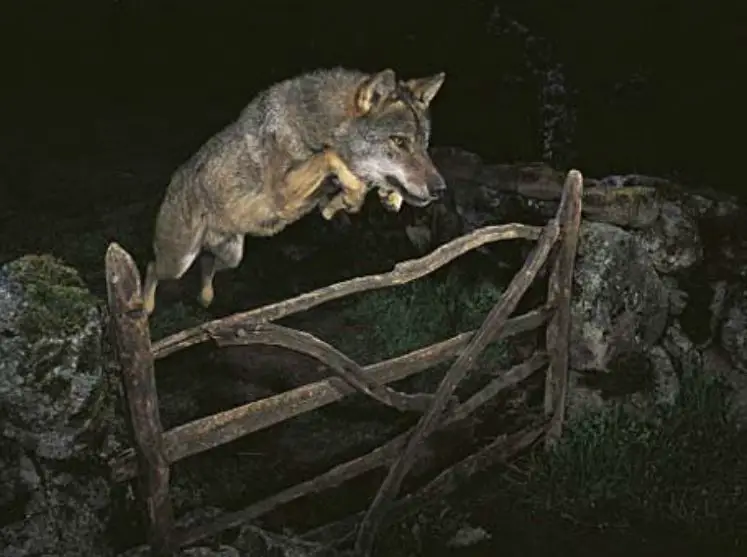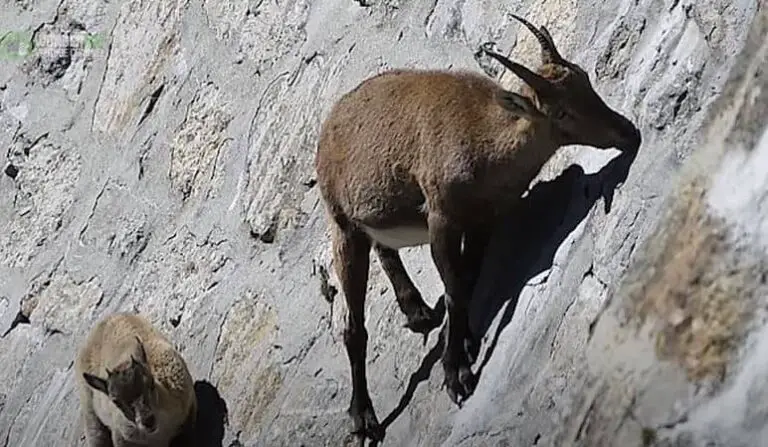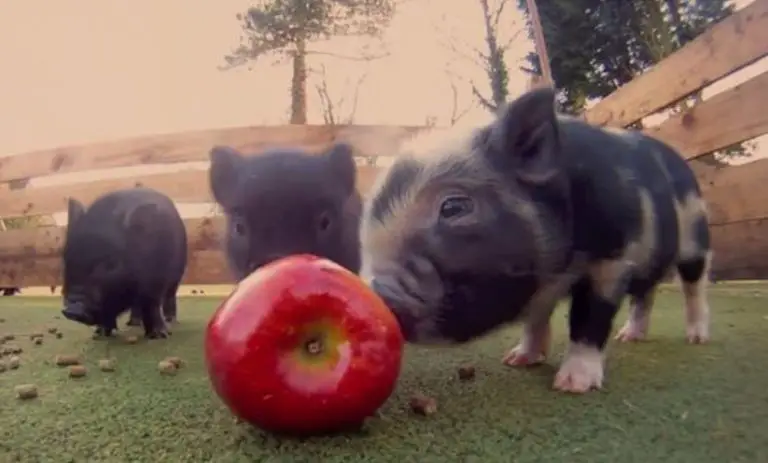Can Wolves and Coyotes Jump Over a Fence? (Brief Answer)

It is well known that wolves and coyotes have a bad reputation for attacking farm animals. In many of the incidents, the animals attacked by wolves and coyotes are protected by a fence, but this has not been enough in many cases to stop them.
In some cases, the animals may get out of the fence during the attack, or it is also very common for wolves and coyotes to enter the animals’ pasture by digging in the ground under the fence. Most often, however, wolves and coyotes reach the animals by jumping over the fence.
Are wolves and coyotes good jumpers?
All large canids such as wolves and coyotes are good jumpers, climbers and diggers, they will prefer to dig, but can adapt their hunting strategy depending on the situation and environment.
Wolves and coyotes are extremely agile animals, the traction force they can generate with their hind legs is enough to jump approximately 3 feet in the air.
This combined with their climbing ability and the strength in their forelegs means that they can climb walls over 6 feet high, which may seem surprising.
How high can a wolf and a coyote jump?
A wolf is capable of jumping with relative ease from 0.90 cms to 1 meter (approximately 3 feet), the wolf is even strong enough to jump this distance carrying a medium-sized prey in its mouth.
According to the research I did for the topic, I read on many sites that wolves can jump up to 4 meters high, this could be confusing.
A wolf cannot jump 4 meters in the air, a wolf is capable of jumping a wall or a 4-meter high fence by taking impulse and supporting itself with its hind legs and climbing on top with its front legs.
Similar to coyotes, these are lighter than wolves, but have the ability to jump 1 meter in the air (3 feet approximately) and can jump (climb) walls of 4 meters or more using the same technique of propelling themselves with their hind legs and supporting themselves with their front legs.
In the video above you can see a wolf jumping a fence with prey in its jaws, you can see how the wolf is running and analyzing at what point it can jump.
Where the fence is over a meter high the wolf cannot jump it, when the wolf finds a lower point it jumps it with relative ease.
Can a wolf or coyote jump a 6-foot fence?
A wolf or coyote can leap over a 6-foot-high fence with ease, they propel themselves with their paws on a point on the wall with their front paws resting on the top.
To avoid this, many people use defensive techniques at the top of the wall, the “coyote roller” is a tubular rail that is placed at the top of the wall to prevent wolves or coyotes from having stability when propelling themselves over the wall.
This causes their legs to “slip” or roll and they cannot anchor themselves to the top of the wall, this technique is effective.
Other people place mesh with spiral spikes and also use broken bottles on top of the fence built with full cement.
The reason that wolves and coyotes can jump fences and walls 6 feet high is that they add the height they can jump in the air, plus the momentum with the fence added to the height of the animal itself as they brace themselves with the front legs of the fence.
Do Coyote Rollers work?
A coyote roller is a four-foot aluminum extruded ribbed roller that is placed on top of walls and fences manufactured to prevent animals from gaining a firm foothold to climb walls and fences.
Coyote rollers can work to keep coyotes, wolves, and other animals from leaning on top of walls, but in order for the coyote roller to work properly, it must be installed properly.
If the rollers are installed in the middle of a block wall with sufficient width, an overhang is left for the animal to use and the coyote roller will be useless.
The coyote roller should be installed on the outside edge (the direction the animal is coming from) to avoid a foothold. If the roller coyote is placed in the middle of the wall, there will be a foothold on both sides of the wall and the animals will be able to climb without any problem.
How should an ideal fence or wall against wolves and coyotes be designed?
The first thing to keep in mind is that wolves and coyotes will try to enter through a wall or fence by digging, so it is ideal to have subway infrastructure to prevent them from getting through.
A concrete base 6-8 inches (15-20 cm) wide and 3-4 inches (90-120 cm) deep should be placed at all doorways to prevent digging in these areas, and in any other area where a barrier cannot be installed.
Large canids have the ability to climb on all types of mesh fences, when this type of barrier is used, a climbing barrier should be implemented to ensure complete containment.
Perimeter mesh walls should be sufficiently strong, wide, large enough be sufficiently strong, wide, of appropriate opening sizes, and firm enough to prevent animals from tearing, cutting, and animals from tearing, cutting, stretching the mesh, or becoming entangled in it.
Nine-gauge or heavy steel mesh with 2-inch (5 cm) openings suspended on 2.4-inch (6.1 cm) thick metal posts and 2.4-inch (6.1 cm) thick metal inch (6.1 cm) thick metal posts and 2.9 inches (7.4 cm) thick terminal posts set in concrete, meets all requirements for containment netting.
A vinyl-coated wire is not recommended because wolves and coyotes can easily chew through it and may swallow pieces of this coating. Plastic or nylon netting will not permanently contain large canid species.
Since wolves and coyotes are adept climbers and good jumpers, it is recommended that the vertical height of the perimeter fence be at least 2.5 m (8.2 ft) including the addition of a 1 m (39 in) overhang with an upward angle into the enclosure of between 35 -45° that functions as a climbing barrier.
How does the wolf behave in front of a fence?
Wolf attacks occur primarily during the summer grazing season, but cannot be ruled out at other times of the year when livestock are out.
Wolves react curiously to the presence of fences but are very sensitive to electric shocks. Therefore, pasture fences prove to be a good deterrent.
Although wolves can adapt their hunting methods and usually electrified fences are .90 cm high, the wolf has the ability to jump over.
Although the wolf may jump the fence, the real danger is that the wolf will slip underneath. Rarely does the wolf tend to jump the fence.
As long as the wolf can find enough food elsewhere, it will permanently avoid places where it has had bad experiences.
Only if the fence (electrified) is high enough (at least 120-140 cm) and the bottom wire hangs deep enough, the wolf will not be able to jump the fence or crawl or dig under it.
In case you have an electro-welded wire mesh, you should keep in mind that no matter how high the fence is if the spacing between the mesh is wide enough for the wolf to climb, the wolf will climb.
I mention this because I saw a video recently of a wolf climbing over an approximately 4 meter high welded mesh fence with its paws.






